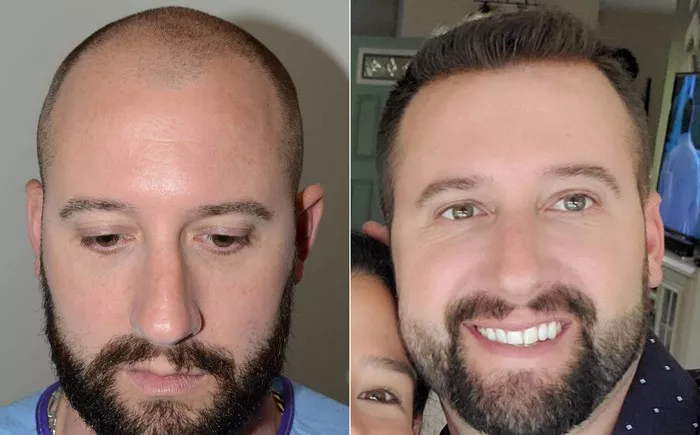A hair transplant is a transformative procedure that can provide individuals with a renewed sense of confidence and self-esteem. However, after undergoing such a significant treatment, patients often have concerns about resuming their normal activities, including physical exercise. One common question that arises is, “How long after a hair transplant can you sweat?” To address this query, it’s crucial to delve into the post-hair transplant healing process.
Immediate Post-Transplant Period: The First Few Days
Immediately after a hair transplant, patients are advised to take extra precautions to ensure optimal healing. The initial phase involves the formation of scabs and crusts on the transplanted area. During this time, it is crucial to avoid any activity that might compromise the grafts, including strenuous exercise.
The Importance of Avoiding Sweating in the Early Days
Sweating is a natural bodily function, but it can pose a risk to the newly transplanted hair follicles during the initial days post-surgery. Sweat can increase the risk of infection and disrupt the healing process, potentially affecting the success of the transplant. Therefore, it is generally recommended to abstain from activities that induce heavy sweating, such as intense workouts or exposure to high temperatures, for the first week following the procedure.
One Week Post-Transplant: Gradual Resumption of Activities
After the first week, patients can gradually start resuming their regular activities, including light exercises. However, it’s crucial to remain cautious and avoid activities that result in excessive sweating. Gentle walks and low-impact exercises are generally considered safe during this phase.
Two Weeks Post-Transplant: Assessing Individual Healing Progress
By the second week, the healing process is well underway, and the risk of infection has significantly decreased. Many patients can start incorporating more moderate physical activities into their routine. However, it’s essential to listen to your body and pay attention to any signs of discomfort or irritation in the transplanted area.
Three Weeks Post-Transplant: Introducing Moderate Exercise
At the three-week mark, most patients can begin reintroducing moderate exercises that induce mild sweating. This may include activities like light jogging, yoga, or cycling. It’s crucial to stay hydrated during these activities and avoid any excessive strain on the scalp.
Four to Six Weeks Post-Transplant: Gradual Return to Normal Exercise Routine
Between the fourth and sixth weeks post-transplant, patients can usually return to their normal exercise routines. However, it’s essential to remain mindful of the transplanted area and avoid activities that cause excessive sweating for a little longer. High-intensity workouts, heavy weightlifting, and activities that involve direct pressure on the scalp should still be approached with caution.
Consultation with the Surgeon: Individualized Guidance
While these general timelines provide a framework for post-transplant activity, it’s crucial to remember that individual healing varies. Each patient’s recovery may differ based on factors such as overall health, the extent of the transplant, and adherence to post-operative care instructions. Therefore, it is highly recommended to consult with the surgeon for personalized guidance on when it is safe to resume specific activities, including those that induce sweating.
See Also: How Many Hair Follicles Can Be Transplanted in One Session?
Conclusion: Patience and Prudence in the Healing Process
In conclusion, the question of how long after a hair transplant one can sweat is closely tied to the stages of the healing process. Patience and prudence are key during the initial weeks, with a gradual return to normal activities as the scalp heals. Following the surgeon’s post-operative instructions, staying hydrated, and paying attention to individual healing progress are essential components of a successful recovery. By understanding and respecting the healing timeline, patients can maximize the results of their hair transplant and enjoy the long-term benefits of restored confidence and a rejuvenated appearance.


